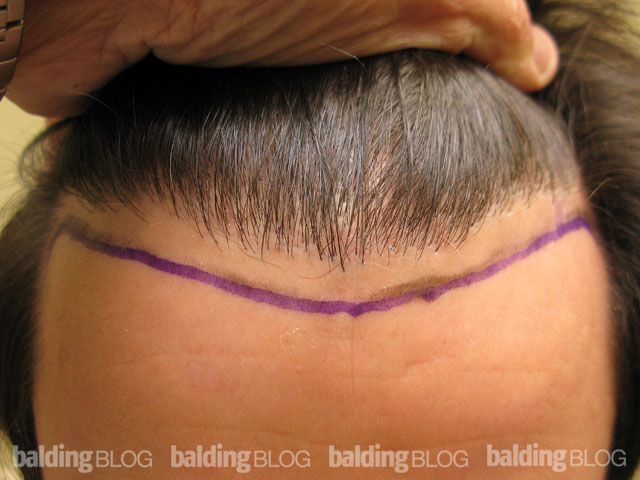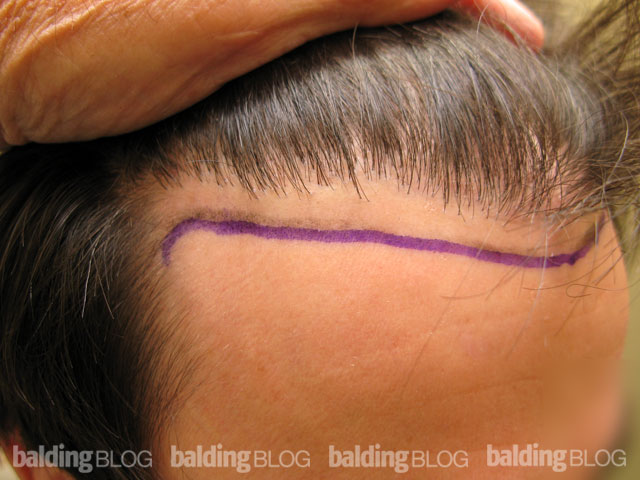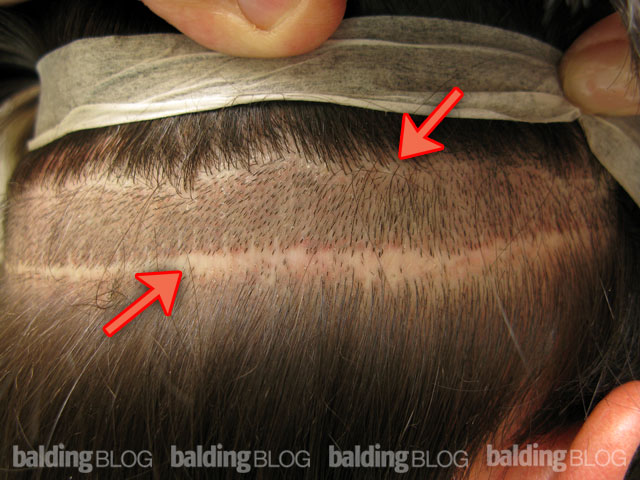We’re taking a week off from posting new content — our first break in almost 6 years — so we’re using this opportunity to repost some older articles that didn’t get the attention they deserved the first time around.
 (Originally published on July 1, 2009.)
(Originally published on July 1, 2009.)
—
 Each and every day, I receive emails from readers asking about individual doctors’ and their reputations or even wondering if the doctor they just met with is a good doctor. Most doctors care about you and are competent and ethical, but there are a few who really don’t give a damn about you and look at you as a way to simply make more money. The unethical doctors often push men who are too early to have a transplant (like most 20 year olds) into getting one when they don’t need it, or they expand the number of grafts in a transplant procedure into areas that do not have hair loss under the guise of performing preventive hair transplants which happen to push their fees higher. Unfortunately, there are too many unethical doctors doing hair transplants and while I’m always willing to help when I can, I’m disappointed when I hear how some doctors take advantage of people in an attempt to line their pockets with your money.
Each and every day, I receive emails from readers asking about individual doctors’ and their reputations or even wondering if the doctor they just met with is a good doctor. Most doctors care about you and are competent and ethical, but there are a few who really don’t give a damn about you and look at you as a way to simply make more money. The unethical doctors often push men who are too early to have a transplant (like most 20 year olds) into getting one when they don’t need it, or they expand the number of grafts in a transplant procedure into areas that do not have hair loss under the guise of performing preventive hair transplants which happen to push their fees higher. Unfortunately, there are too many unethical doctors doing hair transplants and while I’m always willing to help when I can, I’m disappointed when I hear how some doctors take advantage of people in an attempt to line their pockets with your money.
In the years I’ve been posting on BaldingBlog, I’ve accumulated a lot of content about avoiding doctors that don’t put patient welfare as priority #1. I’m outspoken when it comes to patient advocacy, so I’ve also written much about how to select your hair transplant doctor. Most of my comments have been put on the daily responses I write to questions posed to me, but I’ve never put all the information in one easy-to-find place and organized it in a way that makes the job easier for the reader. So with that being said, I now present you a new “How To” type of series. These are MUST READ articles for those interested in having hair restoration surgery.
 |
Selecting a Hair Transplant Doctor |
 |
How to Avoid Dishonest Doctors |
 I also write about why it’s important to shop around for the best doctor before committing to a hair transplant. Don’t be afraid to have to travel to get a surgery that is PERMANENT and on your head! Don’t settle for someone you’re not comfortable with just because it is convenient. At NHI, we offer travel discounts, so factoring travel and hotel costs into your surgery should not be a concern.
I also write about why it’s important to shop around for the best doctor before committing to a hair transplant. Don’t be afraid to have to travel to get a surgery that is PERMANENT and on your head! Don’t settle for someone you’re not comfortable with just because it is convenient. At NHI, we offer travel discounts, so factoring travel and hotel costs into your surgery should not be a concern.
 |
Why Should You Visit Us? |




 I have followed Bruce Willis’ hair loss over the years from his thinning during the TV series
I have followed Bruce Willis’ hair loss over the years from his thinning during the TV series 

 You need to go see your doctor for a physical examination and possible testing. While Propecia can cause a decreased sex drive (in 1 to 2% of men), it is temporary since the drug only lasts in your blood stream for about one day. After one year, I hardy doubt your sexual problem is due to Propecia. You need to see a doctor for further evaluation. In fact, erectile dysfunction may be one of the first signs of an underlying medical problem.
You need to go see your doctor for a physical examination and possible testing. While Propecia can cause a decreased sex drive (in 1 to 2% of men), it is temporary since the drug only lasts in your blood stream for about one day. After one year, I hardy doubt your sexual problem is due to Propecia. You need to see a doctor for further evaluation. In fact, erectile dysfunction may be one of the first signs of an underlying medical problem. I received this email from a patient of mine and I have reposted it below with his permission (removing any identifying information, of course). This was not solicited, and it serves as an example of those men out there that are looking into hair systems (otherwise known as wigs or toupees). The price chart at the end of this post could be a wake-up call to many that think hair systems are cheaper than
I received this email from a patient of mine and I have reposted it below with his permission (removing any identifying information, of course). This was not solicited, and it serves as an example of those men out there that are looking into hair systems (otherwise known as wigs or toupees). The price chart at the end of this post could be a wake-up call to many that think hair systems are cheaper than